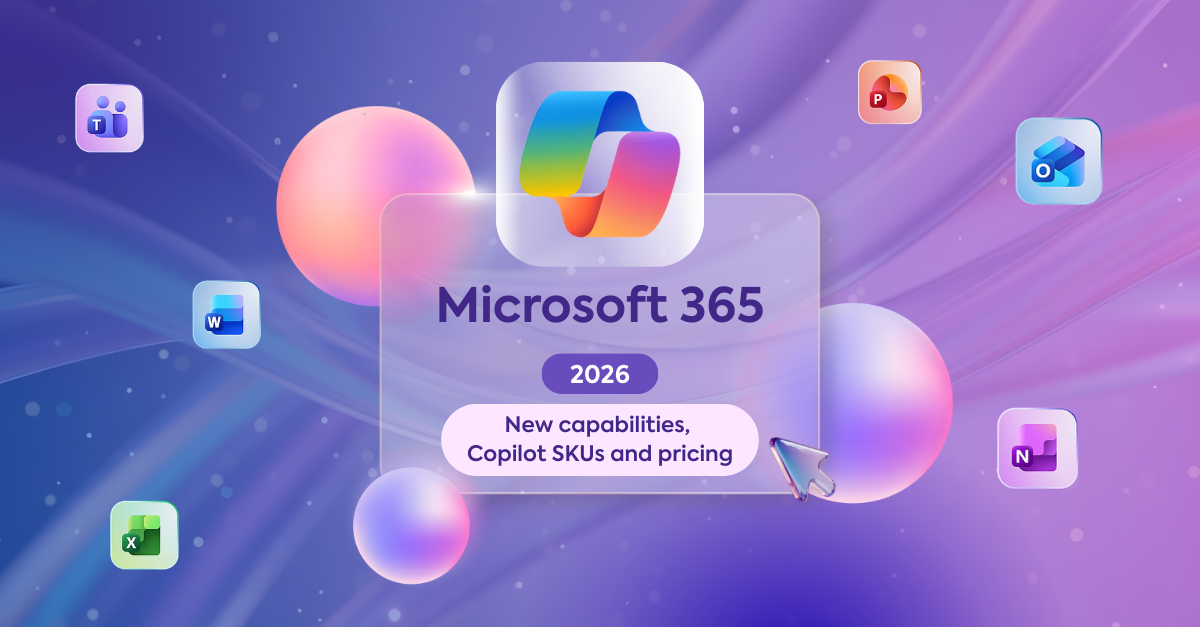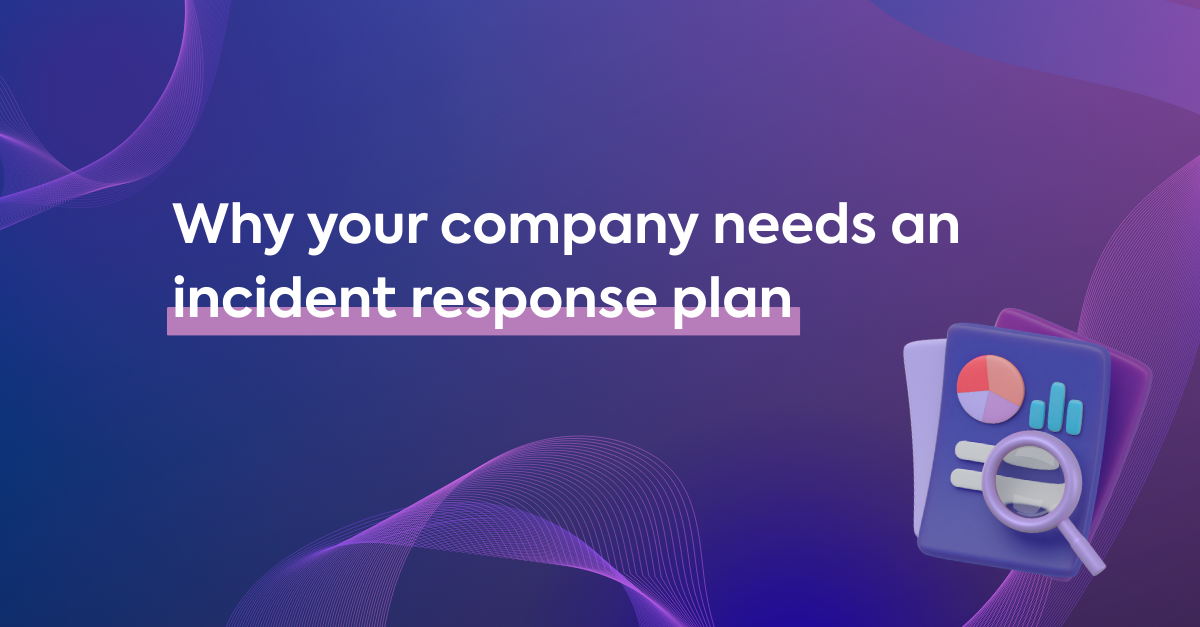As an IT manager, you are no stranger to the challenges and complexities of managing an IT department.
From maintaining systems and software to dealing with security threats, the costs of running an IT team can quickly escalate. However, there might be more to the IT cost equation than meets the eye.
In this article, we will explore the hidden costs associated with managing an IT department and delve into the potential cost benefits of outsourcing IT to a managed IT services provider.
The Hidden Costs of Managing an IT Department
Outsourcing you said? Yeah, right. Running and maintaining in-house IT support comes with a multitude of hidden costs, These cost can in some cases amount in much more than outsourcing.
But let's be honest. Every situation is different, yet there are hidden costs that you will frequently encounter and for which you can easily make the calculation yourself.
Let's break down the financial realities of an In-House IT department and calculate whether you could potentially save money if you chose to outsource IT support.
Employee turnover
In Belgium, the average annual salary of an IT employee is between 27,400 € and 42,000 €, everything depends on the level of expertise. A higher expertise level will easily double these costs.
For the employer, the cost of this employee is easily about 25% to 35% higher. This in turn depends on the benefits package that comes with the salary, such as extra legal benefits.
Your employees are probably the most important asset of your company, so you should do everything you can to keep them. After all, high turnover also has its costs.
High employee turnover rates can be a significant hidden cost.
Finding, hiring, and training new IT talent not only incurs expenses but also disrupts productivity during the transition.
It's essential to invest in employee retention strategies to keep your skilled IT team intact.
Training and equipment
Once you have found the right candidate for the position, he or she will also need a few things in order to do his or her job properly. For instance, a workplace, but it doesn't stop there.
He or she needs to be provided with the necessary equipment; like devices and licenses to use business software. And above that, there is training.
Have you ever calculated the direct and indirect training costs? No, well that's normal indirect costs are in fact often overlooked in calculations, but add up quickly, especially during an onboarding period. But what are they?
Direct training is important to keep the employee not only trained, but also motivated to stay at the company. These are the trainings you as a company offer to your employees to learn about your way of working or to self-develop.
Indirect training costs is the time he or she spends on figuring out a problem that is not in the domain of expertise.
In every in-house IT- department you'll find a 'generalist', and fewer specialist as it is nowadays almost impossible to know everything about IT: security, M365, networking, SaaS, hosting, laptop management, etc. The time spent to figure out issues or optimization is definitely a hidden IT training cost.
Downtime costs
Again, an obvious one. Downtime leads to business disruptions, decreased employee productivity, and significant challenges in revenue generation.
And that doesn't even take into account data loss in the event of a security breach or losing customer trust.
In addition, the time span of your IT downtime is also very important. When you fail to restore a backup, sometimes days and at worst weeks or months of work can be lost.
Our friends at Direct created a handy downtime calculator to calculate that cost for you.
Security Breaches and Data Loss
The costs associated with recovering from security breaches and data loss incidents can be extensive, including incident response, forensic analysis, and potential legal liabilities.
Shadow IT
Employees using unauthorized software and tools can lead to security risks, compliance issues, and additional support and licensing expenses.
Regular audits and policy enforcement can mitigate these costs.
Legacy Systems Maintenance
Older systems may require specialized knowledge, custom integrations, and increased maintenance efforts, leading to higher costs to keep them running smoothly.
Compliance and Regulatory Costs
Meeting industry-specific regulations may involve investing in specialized tools, audits, and employee training to ensure compliance.
The War for IT Talent and Outsourcing IT
In today's competitive job market, the war for IT talent is fierce. Attracting and retaining skilled IT professionals often comes with a premium cost, impacting the overall budget of an IT department.
However, this is where managed IT services can provide a potential cost-saving solution. Potential, let that be clear. Outsourcing IT services is more like a Cost-effective strategy.
Managed IT Services: choosing a Cost-Effective IT Partner
Managed IT services offer a compelling alternative to traditional in-house IT management. By partnering with a reputable managed IT services provider, organizations can gain access to a team of experts without the burden of hiring and managing them directly. Here's how managed IT services can help address the hidden costs:
-
Expertise and Scalability
Managed IT service providers have a pool of skilled professionals with diverse expertise. Whether you need assistance with cybersecurity, cloud migration, or infrastructure management, you can access the right expertise at the right time. Additionally, the scalability of managed services allows you to adjust resources based on your needs, saving costs during slow periods.
-
Proactive Maintenance and Security
A proactive approach to IT maintenance and security can help prevent costly downtime and data breaches. Managed IT service providers often offer 24/7 monitoring, quick issue resolution, and regular updates to keep your systems running smoothly and securely.
-
Predictable Costs
Managed IT services typically come with a predictable, fixed monthly fee. This predictable cost structure makes budgeting more straightforward, helping you avoid unexpected spikes in IT spending.
-
Focus on Core Business
By outsourcing routine IT tasks to a managed service provider, your internal IT team can focus on strategic initiatives that drive business growth and innovation.
Conclusion
Managing an IT department involves navigating through various hidden costs. While the war for IT talent continues, exploring managed IT services as a cost-effective solution can be advantageous.
By partnering with the right provider, you can gain access to top-notch expertise, proactive maintenance, and predictable costs.
Remember to regularly audit your IT environment and implement cost optimization strategies to ensure that your IT spending aligns with your organization's goals. By understanding the hidden costs and leveraging appropriate solutions, you can effectively manage your IT department's budget and drive your business towards success.



